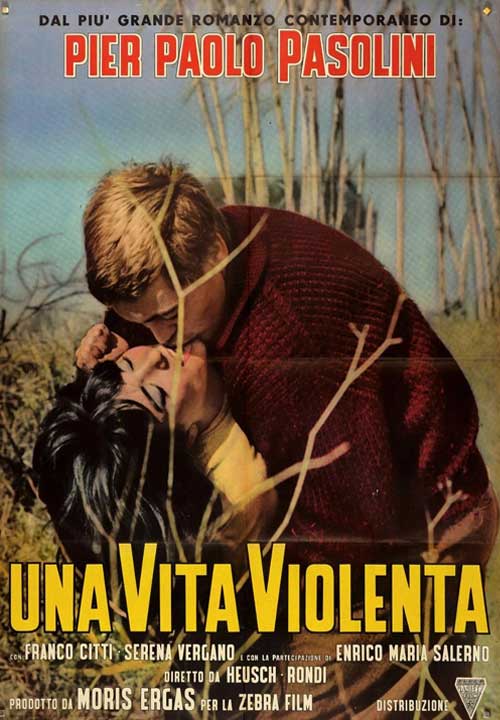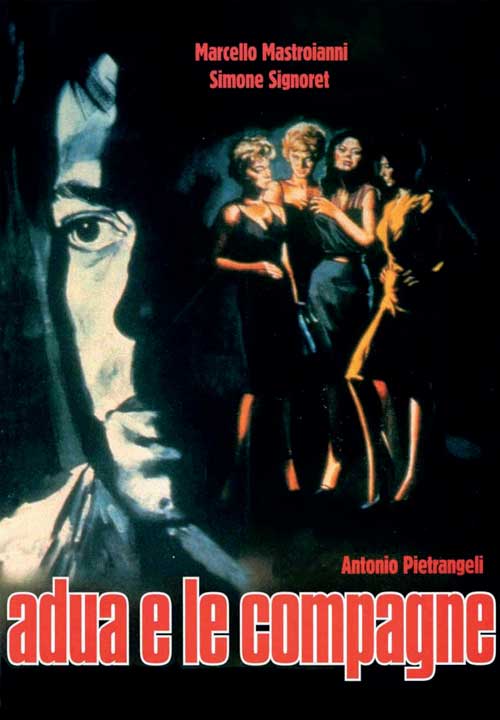

Since 2017 the company has been involved in film restoration, offering film digitisation and restoration services. In relation to this activity, Red Post Production is a beneficiary of a contribution from Mibact and Lazio Region to support the digitisation and restoration of audio-visual and cinematographic works.
Together with some partners of the CNA - Cinema and Audiovisual supply chain we have set up a business network dedicated to restoration and digitization.
They are part of this network:
Red Post Production - AD Giovanni Saulini who organizes, coordinates and supervises the work.
Issaverdens snc - Gianluca e Stefania Issaverdens which processes the film materials and scans them.
Movie Sound - Stefano Di Fiore which restores the audio part.
Sebastiano Greco - Color Designer coordinates the technical parts of the processing and color correction.
Simona Infante the colorist of digitized films.
Analysis of the source material and possible physical restoration. This is followed by the two washes: the first with water and a second with solvent and a cloth.
The scanning phase will be carried out with the ARRISCAN-Cintel machine which offers digitization services to process 35mm Ultra HD 4k (4096 pixels) films. The scan will be carried out frame by frame with creation of image sequences in 16-bit CRI - TIFF format. After the scanning process, the DaVinci Revival software dedicated to the restoration of the films is used which allows a semi-automatic regeneration of the frames with cleaning of the spikes and correction of any small lines of the negative. After removing the tick marks, you automatically move on to the semi-automatic elimination of any other possible defect in the film. Lines, flickering, image instability, broken or missing frames, jumps or excessive film grain. The software that is used for image restoration is DIAMANT-Film Restoration. After having semi-automatically fixed all or partially all these aspects, we move on to the "manual-retouching" phase. Perhaps this is the most important step for the overall result of the restoration. The technique, the eye and the sensitivity of the operator are therefore fundamental in the manual retouching phase. Everything will then be made homogeneous by color correction to make the images fluid, adapting them to the characteristics of digital use.
Semi-automatic processing of frame regeneration, cleaning and elimination of any film defects.
Manual restoration of the image, the most important step for the purposes of the overall performance which, in fact, demands fundamental skill, eye and sensitivity of the operator.
SOFTWARE: DIAMANT – Film Restoration
The final result of the complete image reconstruction is obtained thanks to the last phase of colour correction
SOFTWARE: DaVinci Resolve
Once the materials have been restored and digitized, the processing will be carried out to allow them to be stored and preserved. The principle of preserving the contents is the main purpose of these processes. We will use LTO-UTRIUM cartridges for this storage. Both the digitized raw materials and the final master with all the corrections made will be stored on these supports. This is to facilitate a possible new restoration in the future.
In the finalization phase, the creation of DCP, Apple ProRes 444 files, Bluray and DVD will be carried out. These processes are used to favor the distribution management, both commercial and cultural, of the restored materials.
Recovery and enhancement of the original looks and tones present on the film
The audio processing is carried out in parallel; it differs in the tools employed, but the same workflow is applied: 35-mm optical negative material verification, physical restoration, cleaning and washing of the film, digital optical film acquisition, cleaning and restoration. INSTRUMENTS: Dolby Westrex optical player SOFTWARE: Protools CEDAR Noise Reduction and izotope RX.
Subtitles will be created for the deaf public and the audio column for the audio description for the blind public.
Since 2017 the company has been involved in film restoration, offering film digitisation and restoration services. In relation to this activity, Red Post Production is a beneficiary of a contribution from Mibact and Lazio Region to support the digitisation and restoration of audio-visual and cinematographic works.
The Italian Connection (1972)
Adua and Her Friends (1960)


